Inhaltsverzeichnis
- Is a calibration mark mandatory? What does the dispensing vessel regulation say?
- When does a glass need a calibration mark?
- Which drinks do not require a fill line according to the fill line law?
- Why is the calibration line actually called the calibration line?
- Why is there a calibration mark requirement in the catering industry at all?
All restaurateurs who sell drinks to their customers have to deal with the calibration law for beverage cups. The calibration law regulates the correct filling of drinks. It ensures consumer protection and is therefore an important part of the to-go industry. In this article you will find some answers to frequently asked questions about the calibration line, the legal regulations and the drinks affected by the catering calibration law.
Is a calibration mark mandatory? What does the dispensing vessel regulation say?
Yes, in the catering industry, a calibration mark on beverage cups is required by law. The so-called dispensing vessel regulation regulates the requirements for filling marks on beverage containers. The calibration mark serves to ensure that the fill level of the beverage corresponds to the information provided by the seller. The calibration mark enables customers to see the amount of beverage they are receiving. In this way, the dispensing vessel regulation ensures that your guests do not get too little or too much for their money.
When does a glass need a calibration mark?
Basically, every glass and cup for take-away needs a calibration mark. A glass with a calibration mark is always required if it is a non-alcoholic drink that is served cold. Examples of drinks that require a calibration mark are all soft drinks, smoothies or water. In the to-go business, for example, these drinks are sold to thirsty customers incups or glasses.
Which drinks do not require a fill line according to the fill line law?
Certain beverages are exempt from the calibration requirement. According to the Gastronomy Calibration Act, containers for the following beverages do not require a fill line:
Alcoholic beverages: These are alcoholic mixed drinks that consist of more than two ingredients. They are exempt from the fill line law.
Hot drinks: All drinks that are served hot, such as coffee or tea, do not need to have a calibration mark. The reason for this is that the filling quantity can change due to heating and subsequent cooling, making accurate calibration difficult.
Apart from these two exceptions, the fill line law applies and thus the calibration requirement for all beverages.
Why is the calibration line actually called the calibration line?
The term "calibration line" is derived from the oak wood that was previously used to make measuring rods. These measuring rods were used to measure volumes and thus check the accuracy of containers such as drinking cups. Today, modern measuring rods are calibrated by state calibration offices.
Why is there a calibration mark requirement in the catering industry at all?
The calibration mark requirement in the catering industry protects the interests of consumers and catering operators alike. Since the fill line must be clearly visible and placed precisely, both your customers and you can transparently control the amount of drinks. This prevents possible misunderstandings. We at Better-Pack support you in complying with the calibration mark requirement in the catering industry, for example with our sustainable to-go cups .
Restaurant owners should always make sure to comply with the legal regulations regarding the calibration mark. This way, you can ensure that your to-go business runs smoothly, meet the legal requirements and strengthen the trust of your guests.


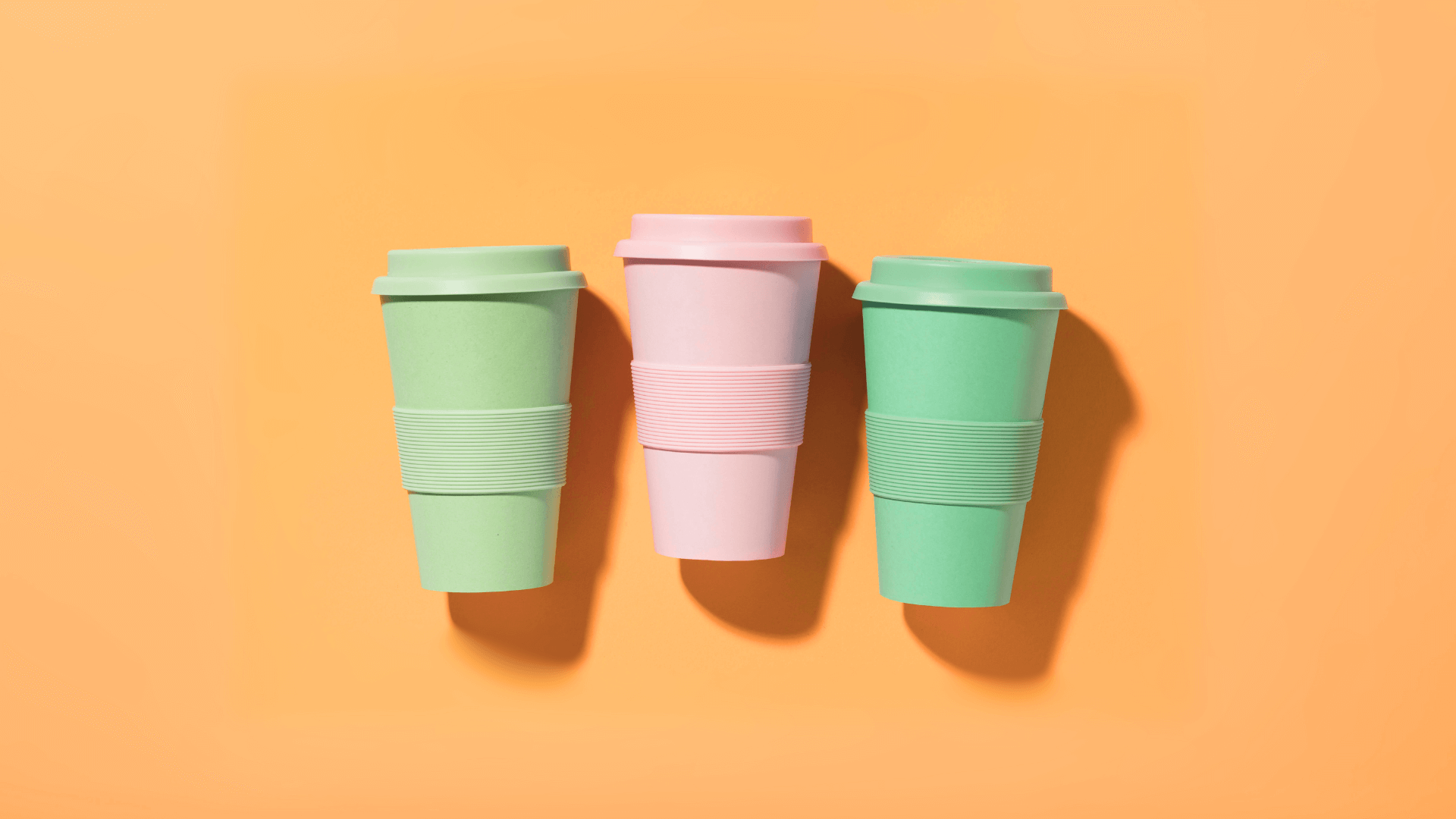
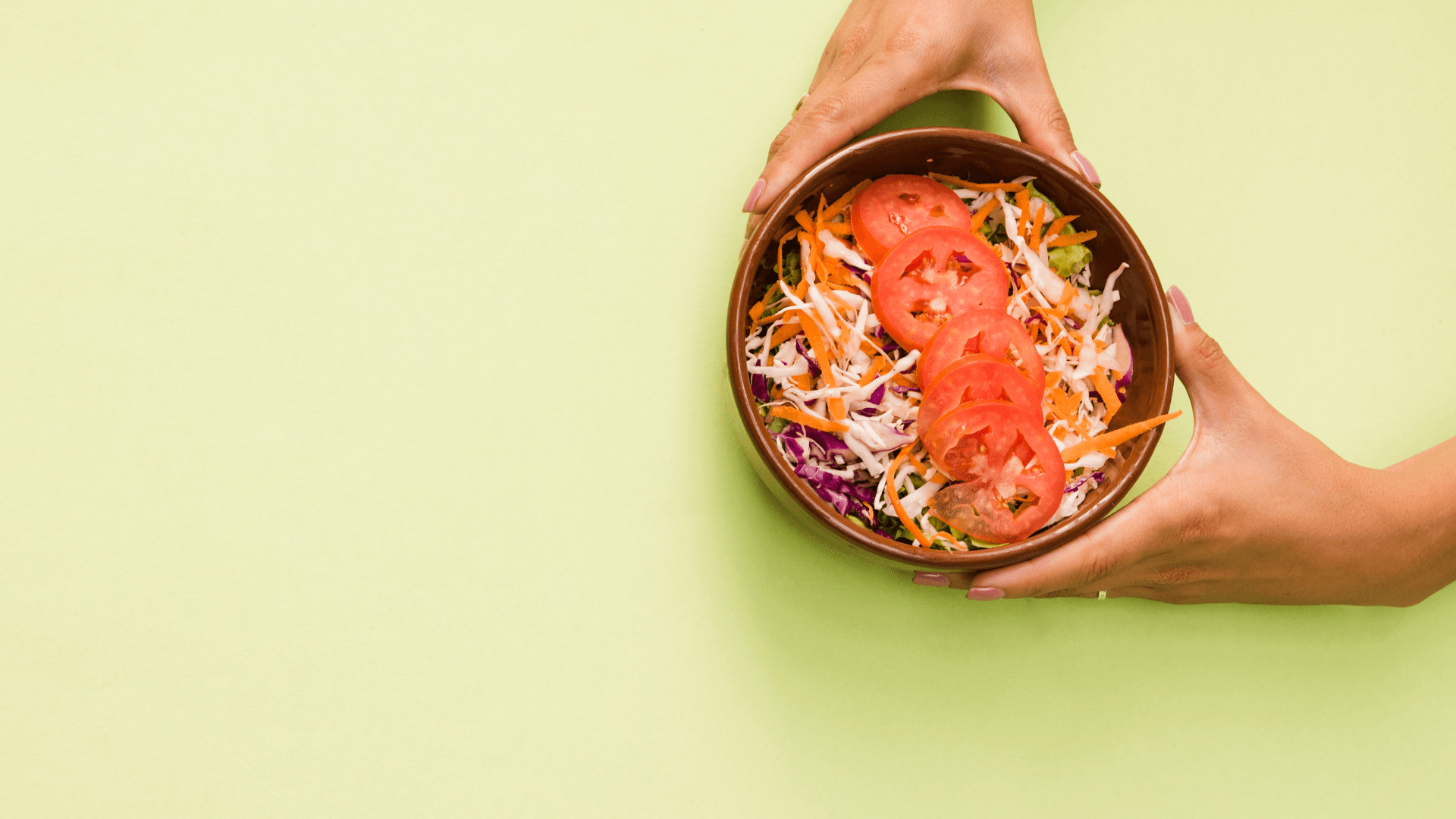
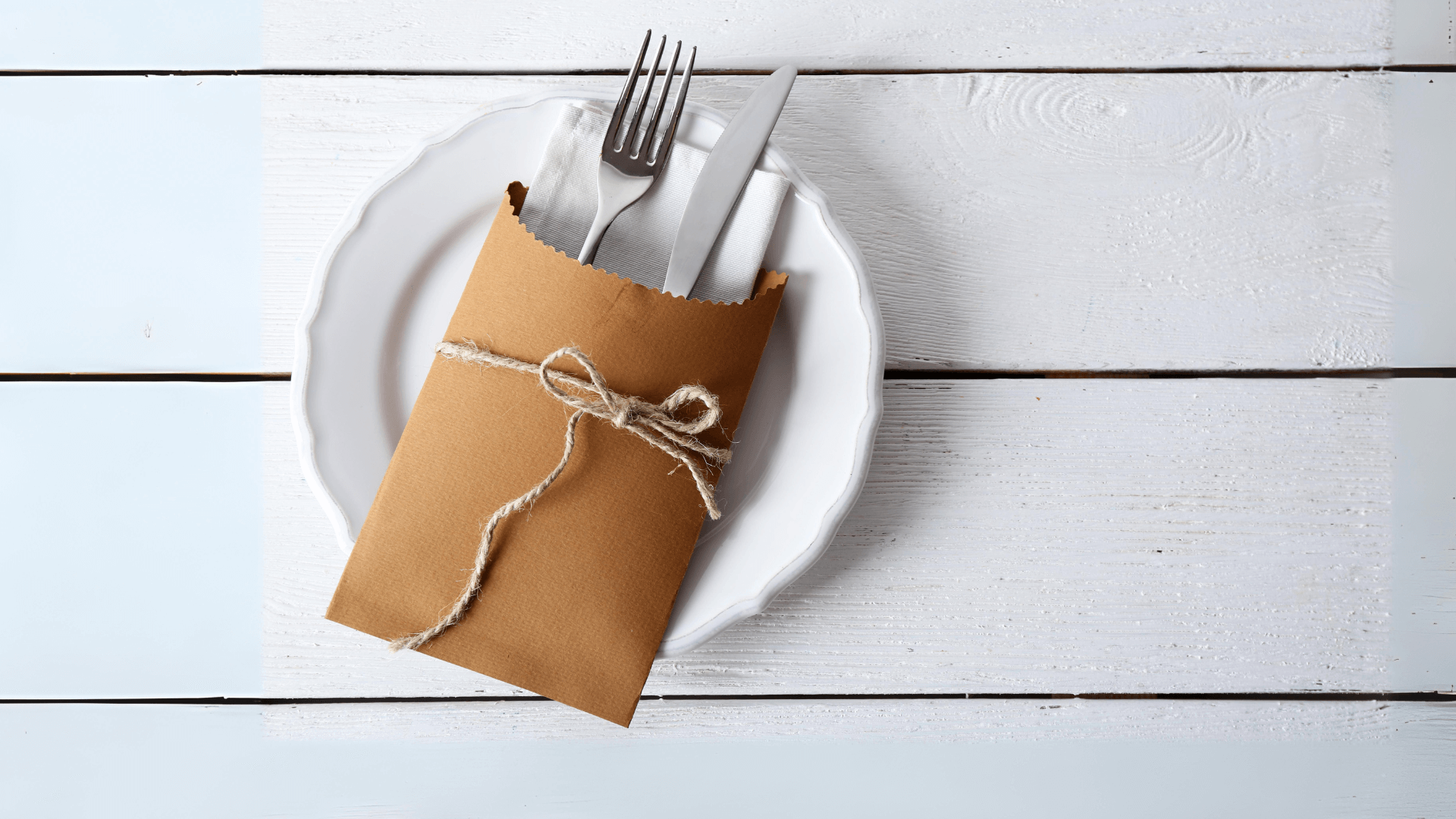
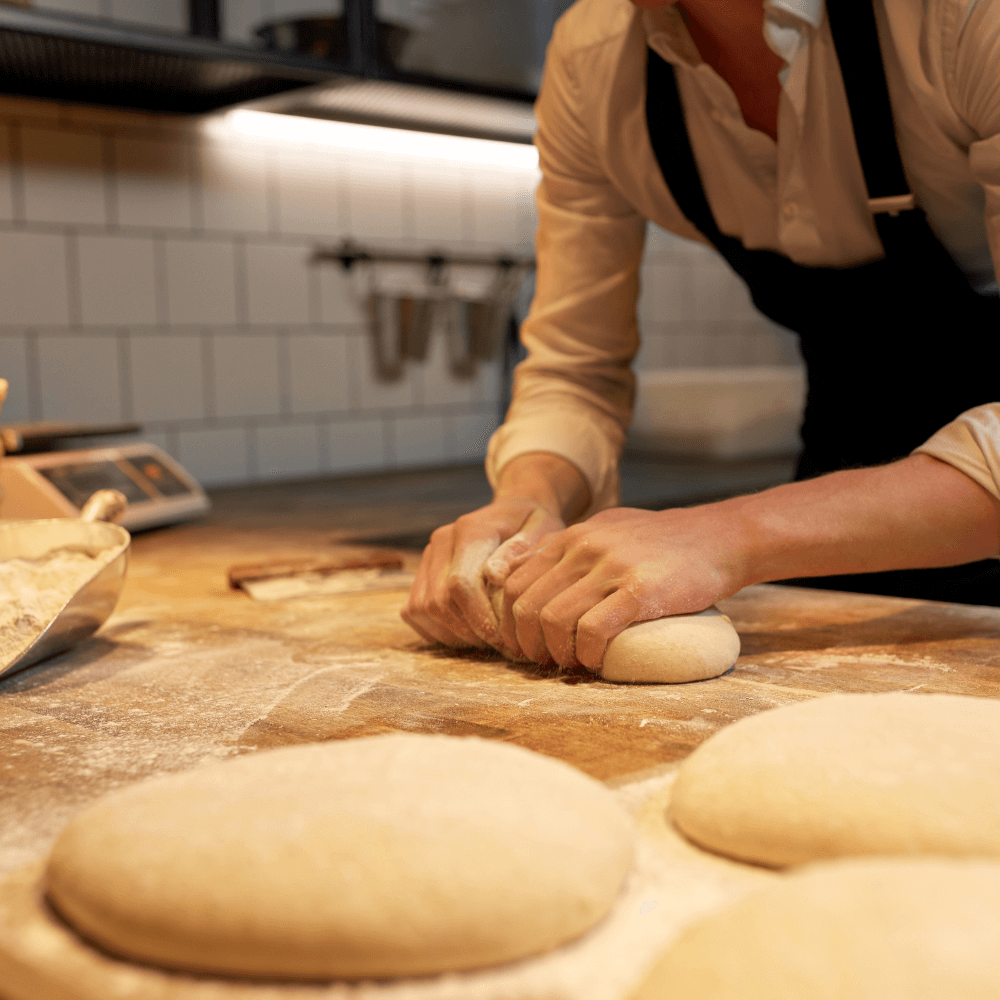
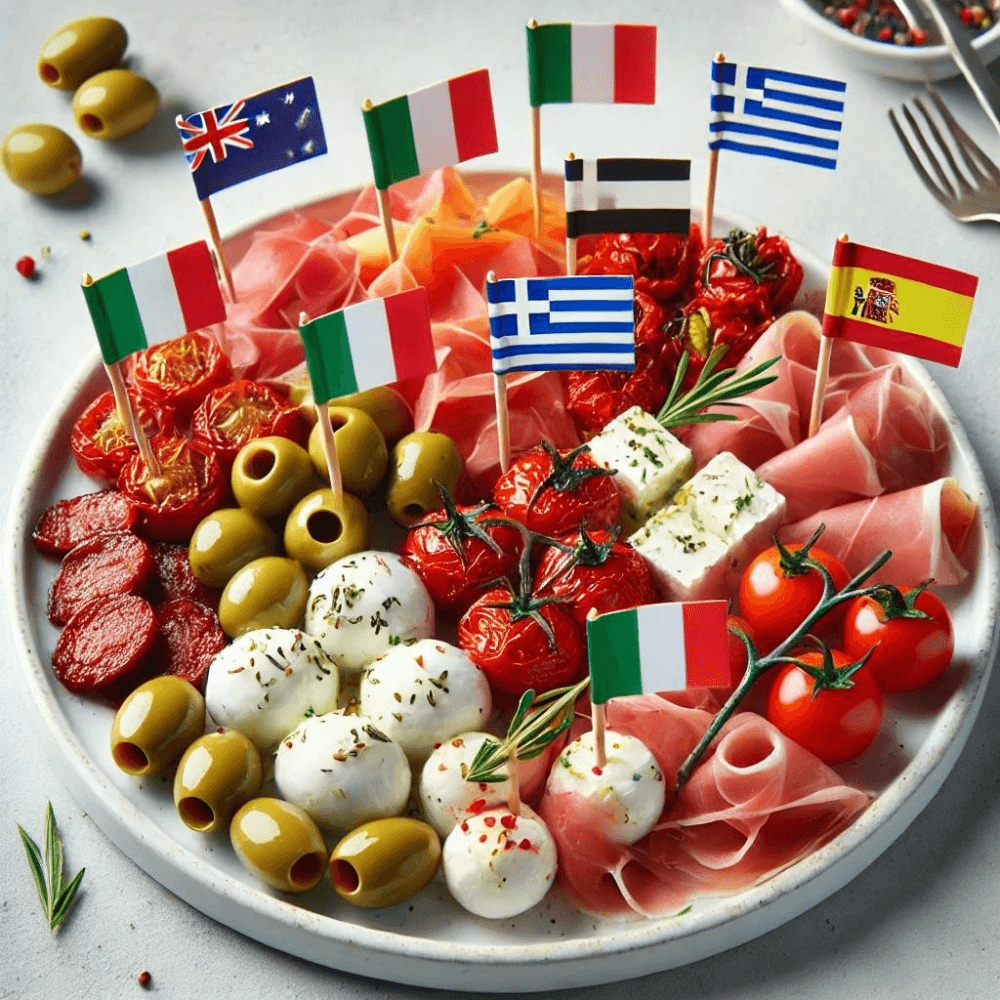
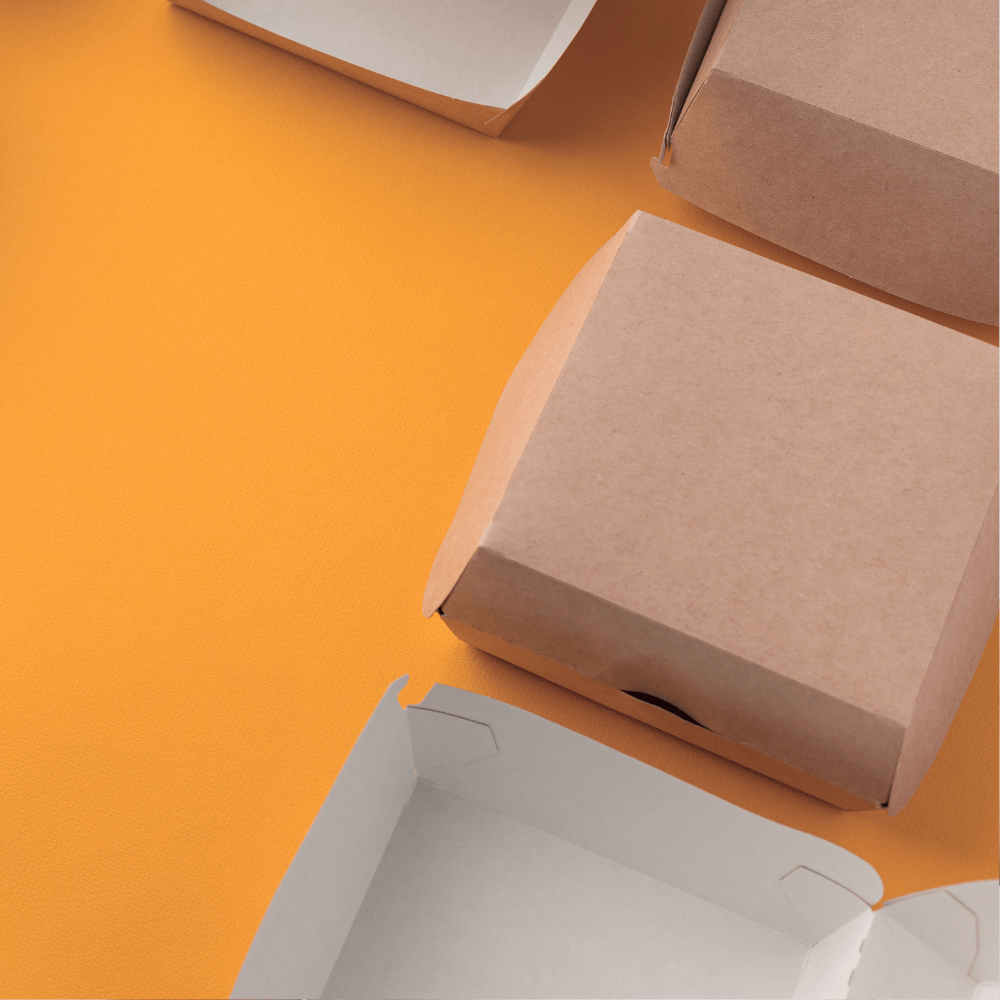



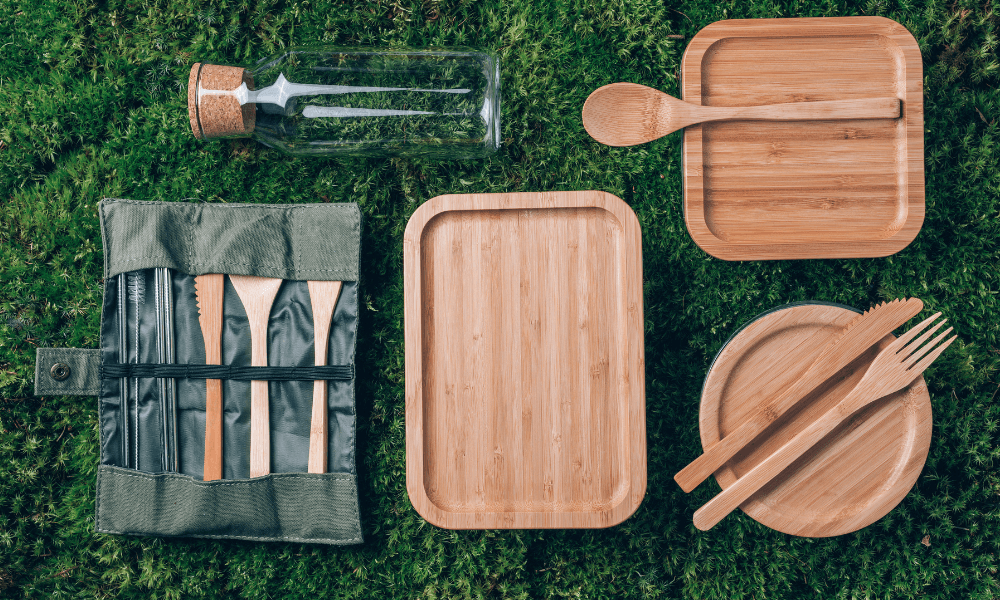
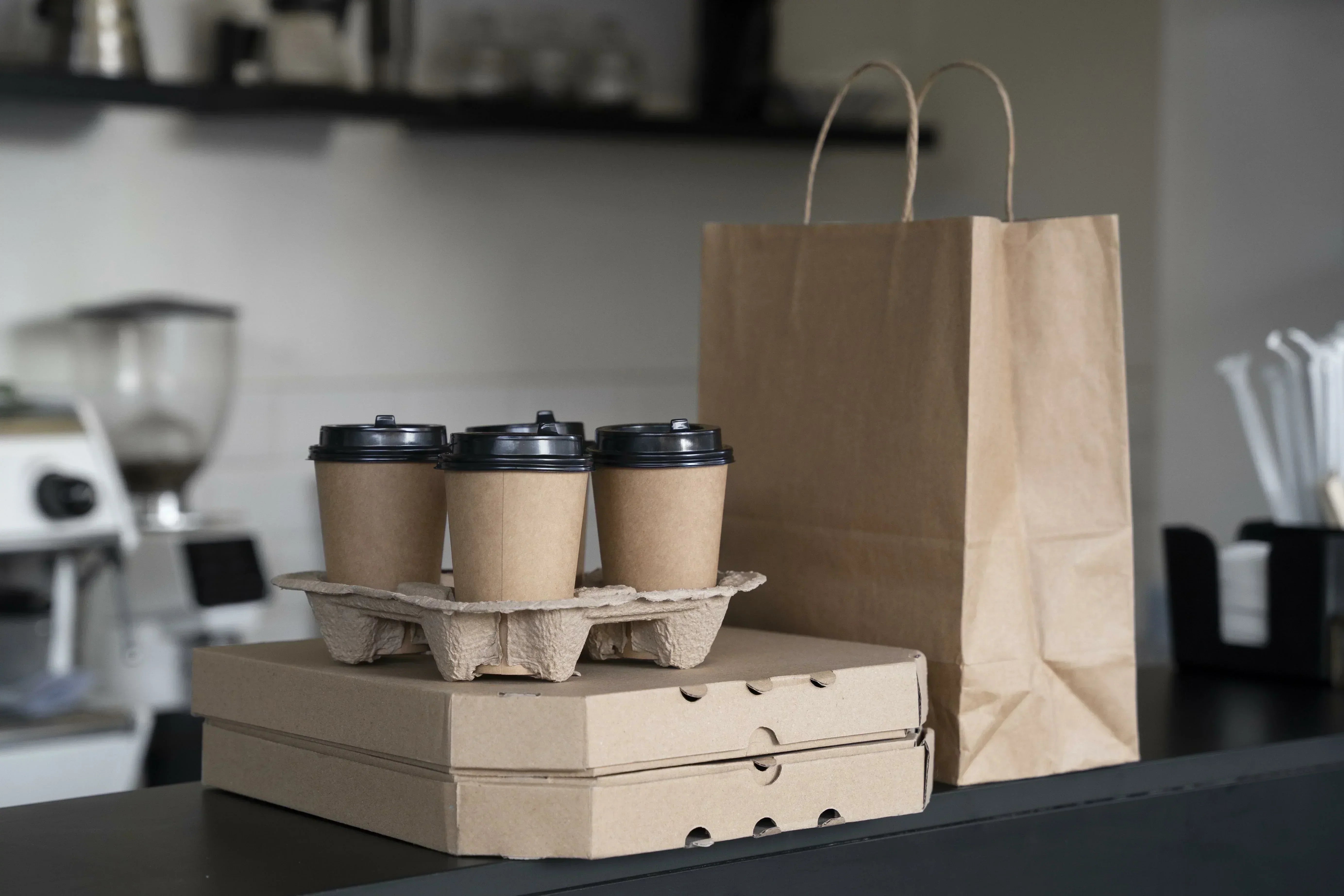
Leave a comment
This site is protected by hCaptcha and the hCaptcha Privacy Policy and Terms of Service apply.